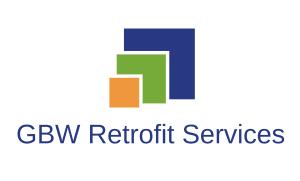Acknowledging climate change is one thing; taking practical steps to make a difference is quite another. The UK faces a unique challenge due to its historical housing stock, with over 50% of homes built before the 1965 Building Regulations introduced basic insulation standards.
Homes account for 14% of the UK’s greenhouse gas emissions. Achieving the ambitious net-zero target for emissions by 2050 (2045 in Scotland) requires a 95% reduction in heat emissions. This daunting goal translates into reducing CO2 emissions from 2,345 kg to 138 kg per household—a significant challenge.
The Magnitude of the Retrofit Challenge
The scale of this challenge is vast. To increase the energy efficiency of all homes, a comprehensive retrofit programme is necessary—something unprecedented in scope. Every dwelling in the UK will need to be addressed, requiring meticulous planning and execution by contractors.
To guide this extensive work, the UK Government introduced the Retrofit Standards Framework, designed to avoid piecemeal implementations. This framework outlines three essential steps for the industry:
- Conduct property-by-property assessments.
- Develop a medium-term plan of action.
- Implement approved energy efficiency measures (EEMs).
What is PAS 2035?
PAS 2035 is the cornerstone document providing clear guidelines for contractors. It details procedures for building assessments, selecting appropriate EEMs, and long-term monitoring. PAS 2035 also establishes minimum qualifications, roles, and responsibilities for anyone involved in retrofitting. It complements PAS 2030, which focuses on commissioning, installation, and handover of EEMs.
Historical Context and the Bonfield Review
Before 2015, there was growing concern about the gap between promised and delivered energy efficiency. The 2016 Bonfield Review addressed these issues, recommending a new approach to retrofit projects. This included a cradle-to-grave framework for delivery and the introduction of the Home Quality Mark, new codes of conduct, and practice standards. The UK government, alongside an implementation board, has been working to put these recommendations into practice.
Key Standards: PAS 2030, PAS 2031, and PAS 2035
The government has recently adopted three key standards:
PAS 2030:2019: Specification for installing energy efficiency measures in existing dwellings and residential park homes.
PAS 2031:2019: Certification of energy efficiency measure installation in existing buildings and residential park homes.
PAS 2035:2019: Specification and guidance for retrofitting dwellings for improved energy efficiency.
These standards form a comprehensive framework for domestic property energy efficiency retrofits. Familiarising with these specifications is crucial as compliance becomes mandatory for TrustMark-registered companies by 30 June 2021.
The Whole-House Approach of PAS 2035
PAS 2035 adopts a ‘whole-house approach,’ requiring a holistic evaluation of each property. It covers risk assessment, whole-dwelling assessments, and takes into account:
- Building construction.
- Architectural character.
- Patterns of use.
This approach ensures that energy efficiency upgrades consider the protection of occupant health, wellbeing, and comfort, not just energy savings.
- Medium-Term Planning and the Fabric First Approach
- A key strategy in PAS 2035 is the fabric first approach, which prioritises:
- Upgrading the building’s structural integrity.
- Replacing outdated lighting with energy-efficient options.
- Improving temperature controls.
- Implementing significant fabric upgrades, like insulation and ventilation improvements.
Practical Implementation Steps
PAS 2035 outlines an 11-step process for retrofit projects, ensuring thorough planning and execution:
- Initial conversation between Retrofit Adviser and householder.
- Exploration of improvement options and risk assessment.
- Whole-dwelling survey by retrofit assessors.
- Retrofit design by considering all collected data.
- Development of a 20-30 year improvement plan.
- Customer consultation and briefing for retrofit installers.
- Installation of EEMs following PAS 2030 guidelines.
- Monitoring and commissioning of EEMs.
- Effective handover to the property owner.
- Ongoing evaluation by a retrofit evaluator.
- Post-handover visit to assess outcomes and gather feedback.
TrustMark Certification Deadline
The transition period until 30 June 2021 allows companies to reach the required standard and gain certification under the TrustMark scheme. Compliance with both PAS 2030 and PAS 2035 will be necessary for certification.
The Bigger Picture
Upgrading homes to meet energy efficiency standards is a significant opportunity for the construction industry. The Retrofit Standards Framework provides a clear path to ensure retrofits meet expectations and deliver long-term value to homeowners. By following these guidelines, industry professionals can effectively contribute to the UK’s climate goals while enhancing the quality of the housing stock.

